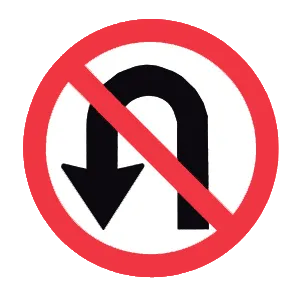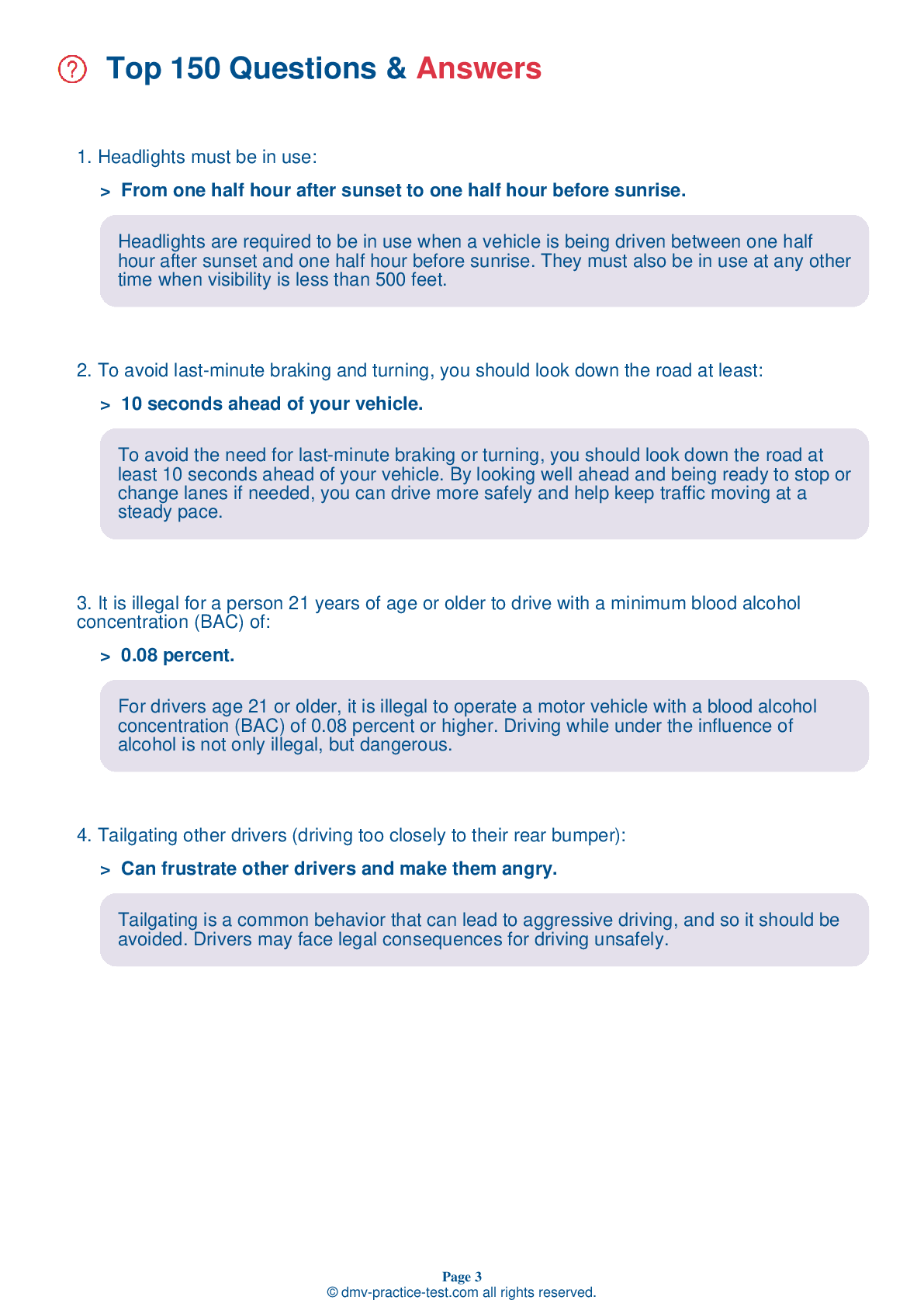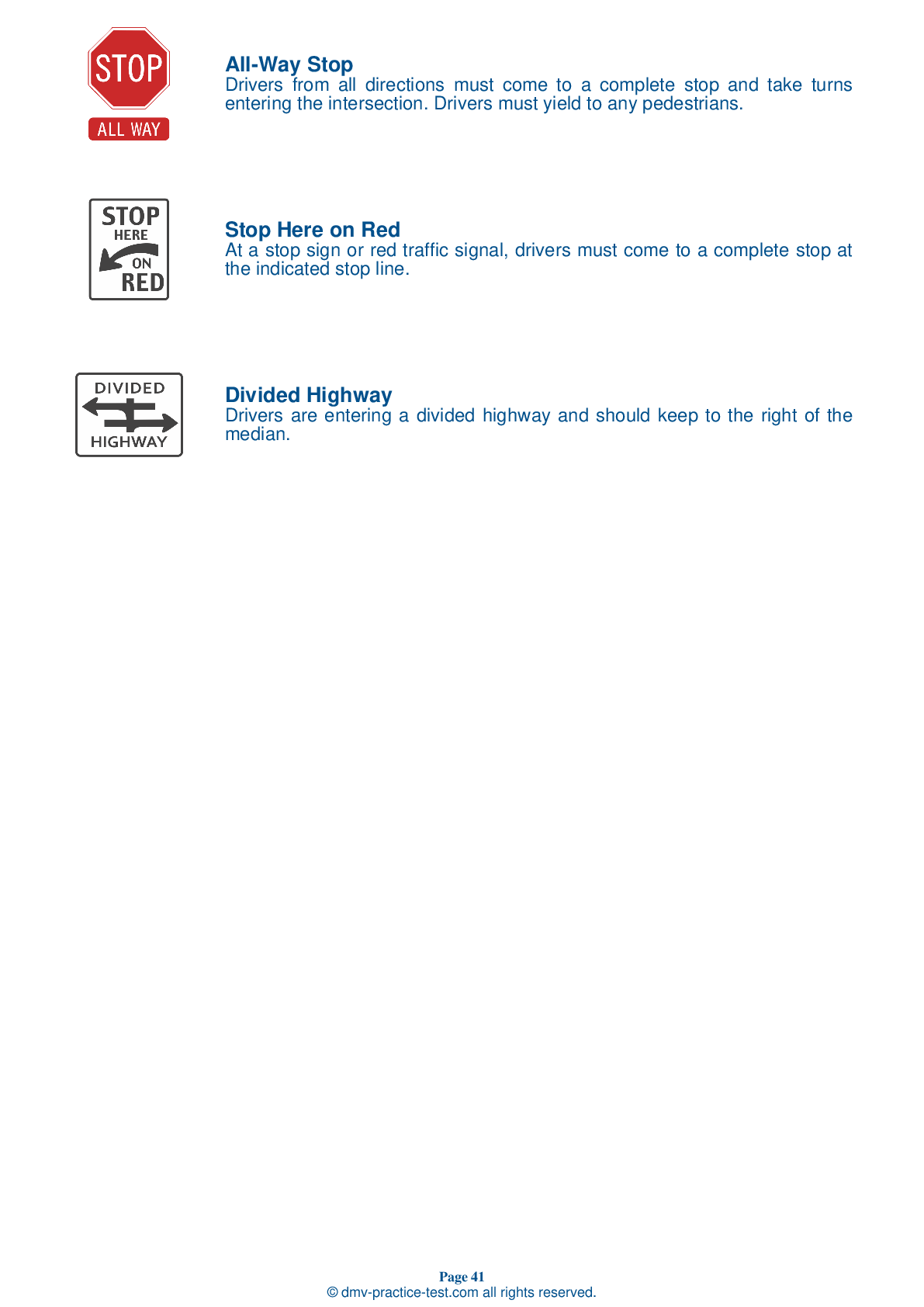FREE Montana DMV Practice Test #24 Page 3 of 5
The Montana DMV practise exams for January 2025 have been updated. It comprises questions based on the most important traffic signals and laws for 2025 from the Montana Driver Handbook. To study for the DMV driving permit test and driver's licence exam, use actual questions that are very similar (often identical!) to the DMV driving permit test and driver's licence exam.
Each question on the practise exam has a tip and explanation to help you recall the ideas. Questions about traffic rules, traffic signs, and driving statutes, as well as knowledge from the Driver Handbook, will be included in the written portion of the official Montana DMV test.
You must properly answer 27 of the 33 questions to receive a passing mark. Take this Montana DMV practise test to help you prepare for your instruction permit or driver's licence.
The DMV exam is offered in a variety of languages.
Using any form of testing help will result in an automatic fail, and the DMV may take further action against your driver's licence, so avoid it.
13 . “Hydroplaning” is best described as:
When the road is wet, most tires have good traction up to about 35 mph. As you travel faster, your tires may leave the surface of the road and start to glide on a film of water. This is called "hydroplaning."
14 . When you want to make a right turn, your car must be:
As you prepare to make a right turn, you should get as far to the right side of the road as possible. Do not cut across lanes of traffic to perform any turn.
15 . If you reach an intersection where you wish to turn but you are not in the proper lane, you should:
Never make last-minute turns. If you reach an intersection where you wish to turn but you are not in the proper lane to make the turn, drive to the next intersection and then make the turn from the proper lane.
16 . When approaching a traffic signal displaying a flashing yellow arrow, drivers:
A flashing yellow arrow indicates that left turns are allowed in the direction of the arrow. However, the oncoming traffic has a green light and you must yield to oncoming traffic and pedestrians.
17 . An approaching driver fails to dim their high beam headlights. Where should you look?
If an approaching driver fails to dim their high beams, glance toward the right side of the road. This will keep you from being blinded by the other vehicle’s headlights and will allow you to see enough of the road to stay on course until the other vehicle has passed.
18 . This sign means:

This sign prohibits U-turns. Do not make a U-turn where this sign is posted.
19 . You have the right-of-way when turning left on which of the following traffic signals?
A green steady arrow means you may pass through the intersection in the direction that the arrow is pointing. Oncoming traffic is required to stop for turning traffic.
See the exact questions that will be on the 2025 Montana DMV exam.
99.2% of people who use the cheat sheet pass the FIRST TIME
LT gives us an insight on how the cheat sheet provided her with all the study questions she needed before taking her test.
Joe initially studied with the handbook and failed his test, he eventually found us online, studied and pass his test the first time around.



